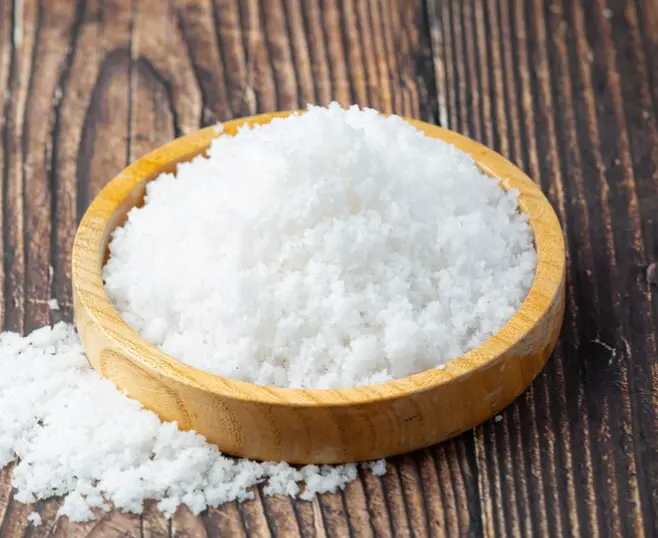IUPAC Name
Disodium Sulphate
Cas Number
7757-82-6
HS Code
2833.11.00
Formula
Na2SO4
Appearance
White Crystals
Common Names
Sulphate of Soda, Mineral Thenardite
Packaging
1000 @ 25 kg PP/PE bags, 25 MT
Discovered by German-Dutch chemist Johann Rudolf Glauber in 1625, Glauber's salt is the processed form of mineral mirabilite, a decahydrate sodium sulfate. The hygroscopic nature of sodium sulfate causes it to absorb water and moisture, forming Glauber's salt. It exists as a natural resource and is found in the bed of lakes such as in Saskatchewan.
Glauber's salt is also a synonym for sodium sulfate anhydrous and is commonly used in the industries. Sodium sulfate anhydrous, also known as thenardite. Sodium sulphate anhydrous formula is Na2SO4. It has an appearance of white crystalline solid and is chemically very stable. It is unreactive toward most oxidizing or reducing agents at normal temperatures. In addition to that, it can be converted to sodium sulfide at high temperature by carbo-thermal reduction. Ensuring a consistent and high-quality supply of this chemical is essential for industrial applications, which is why partnering with a reputable sodium sulphate supplier is important.
Sodium sulphate may be manufactured in three ways:
H2SO4 + 2 NaCl → Na2SO4 + 2 HCl
H2SO4 + 2 NaOH → Na2SO4 + 2 H2O
For industries relying on sodium sulfate, sourcing from a reliable sodium sulphate supplier ensures that the product meets necessary quality standards and is available when needed.
The major use of sodium sulphate is as a filler in powder products, such as detergents. It acts as a desiccant, binding to multiple molecules of water to form hydrates. This locks up any moisture that enters the detergent, maintaining a dry, free-flowing powdered detergent.
In the textile industry, sodium sulfate is used as a "leveling" agent, reducing the negative charges on fibers. This allows dyes to penetrate the textiles evenly and effectively. Additionally, sodium sulfate does not corrode the stainless steel vessels used in dyeing, unlike conventional sodium chloride. Partnering with a reputable sodium sulphate distributor is crucial for maintaining the integrity of dyeing processes.
In the paper industry, sodium sulphate is used in the Kraft process of wood pulp. Wood chips are loaded with sodium sulphate and heated, causing the sodium sulphate to reduce into sodium sulfide. This breaks the bonds in the cellulose of the wood, softening the wood chips and making them easier to form into pulp. A dependable sodium sulphate distributor ensures a steady supply for uninterrupted production.
In the glass industry, sodium sulphate is commonly used to prevent the formation of air bubbles in molten glass. It also acts as a dryer for organic compounds, removing water more efficiently than other drying agents like magnesium sulphate. Ensuring a supply from a reliable sodium sulphate distributor is essential for maintaining the quality of glass products.
Sodium sulfate is used as a drying agent in organic solvents. During separation and extraction between an aqueous and an organic phase, sodium sulfate is often added to the organic extracts to dry the organic phase. It is also used in de-frosting windows, carpet fresheners, starch manufacture, diluents for food colors, thermal storage materials, as an inert drying agent, and as an additive to cattle feed, automotive, and Absorbent Glass Mat (AGM) batteries.
